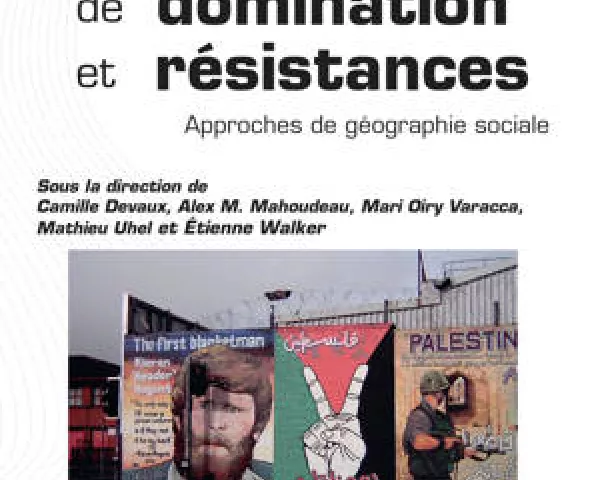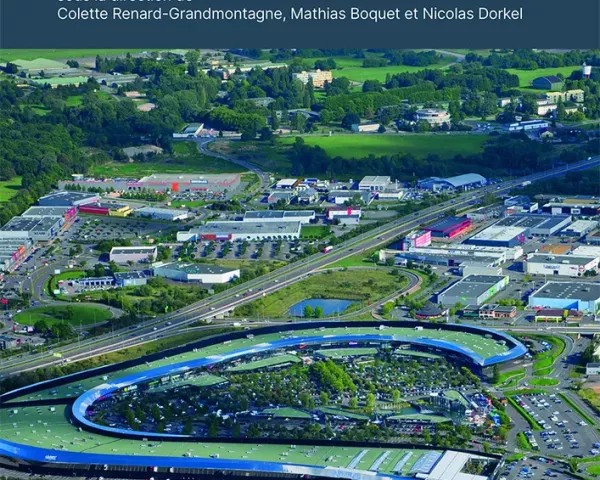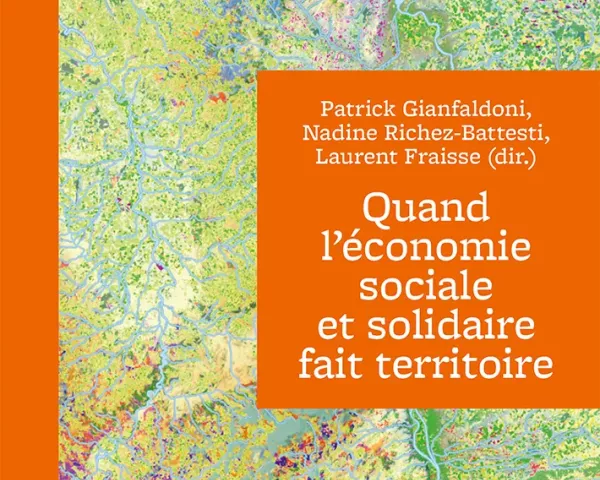Is a village level always relevant to describe land cover changes? Analysing the landscape to understand socio-environmental changes in western Burkina Faso
This paper presents a study about land management in western Burkina Faso. A landscape approach combining surveys and spatial analysis was used to identify key, levels of land management. While the village level provides us with current key data for, a detailed understanding of population dynamics (i), and the household level provides, explanations of economic conditions (ii), these two traditional levels were not able to, fully explain local variability in environmental resources. We therefore question the, relative dominance of traditional levels (village, households) and introduce a spatial, dimension of environmental management to examine the variability of plural legal, rights in several places. We demonstrate the impact of lineage strategies on observed, changes at different levels. Our results provide evidence that, although land cover has, changed, the local land management system seems relatively stable due to historic, lineage alliances. This paper highlights the importance of understanding how the, localized social position of inhabitants, inside and outside the village level, can strongly affect local resource management and thus contribute to a certain inefficiency of public policies.











